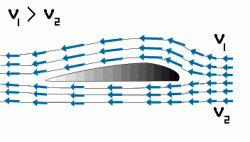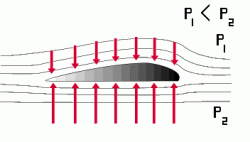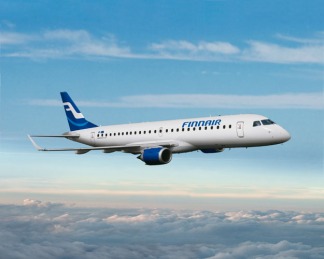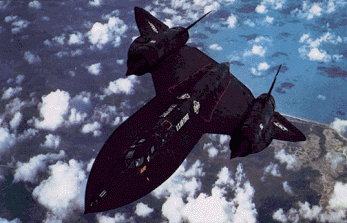The Science of Flight
Science of Jets
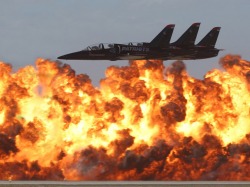
Jets are much more then just thousands of pounds of flying steel. Jets are some of the most useful means of air transportation flying at extremely fast speeds. They can be faster then sound and can soar as high as 15,000 feet above ground level. They are used whide spread for many purposes such as transportation and combat. Most commercial planes are powerd by turbofanned engines. Even though these massive means of steel are much more complex then they were two hundred years ago, dosent mean they dont rely on the basic principals of flight to succed. The wright brothers were the first to effectivley use these in getting the first planes off the ground. Through this webpage we will be exploring how a jet flys.
Areodynamics
For an airplane to fly it must have greater lift then weight and higher thrust then drag.
The Forces
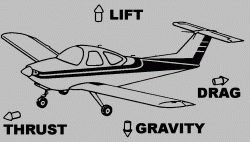
Drag:The retarding force exerted on a moving body by a fluid medium such as air or water.
Lift; When an object raises up into th air beacuse of the passafe of a fluid.
Gravity:. The natural force of attraction exerted by a celestial body, such as Earth, upon objects at or near its surface, tending to draw them toward the center of the body.
Thrust: A driving force or pressure.
Lift; When an object raises up into th air beacuse of the passafe of a fluid.
Gravity:. The natural force of attraction exerted by a celestial body, such as Earth, upon objects at or near its surface, tending to draw them toward the center of the body.
Thrust: A driving force or pressure.
Lift is caused by the pressure difference on the top and bottom of a wing. Because of the curve in a a wing air can easily pass over the top of it at a very fast rate. This causes there to be very little pressure placed on the top of the wing. Where on the bottom of the wing air passe by at a much slower rate which causes increased pressure on the bottom of the wing which pushes the wings up word and lifts a jet of the ground.
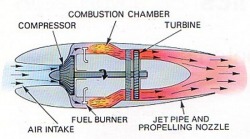
The Jet Engine
A Jet engine is a internal combustion engine. Where air is breathed through the front of the engines this mixed with chemicals and gasoline which, cause a chemical reaction that results in an explosian forcing power out of the back of the engine and giving the jet its thrust.
A Jet engine is a internal combustion engine. Where air is breathed through the front of the engines this mixed with chemicals and gasoline which, cause a chemical reaction that results in an explosian forcing power out of the back of the engine and giving the jet its thrust.
Here are some of the flight records.
(58 km/h)
(129 km/h)
(349 km/h)
in a 45° dive
(193.76 km/h)
(400.55 km/h)
(520 km/h)
(709.21 km/h)
(849.55 km/h)
(876.47 km/h)
(911.24 km/h)
(3,326.60 km/h)
Mach 3.3
(7,274 km/h)
Mach 6.72
on re-entry
(27,340 km/h)
Mach 25
on re-entry
(39,885 km/h)
Mach 36
(62,070 km/h)
5 September 1977
(241,350 km/h)
Paragraph.
